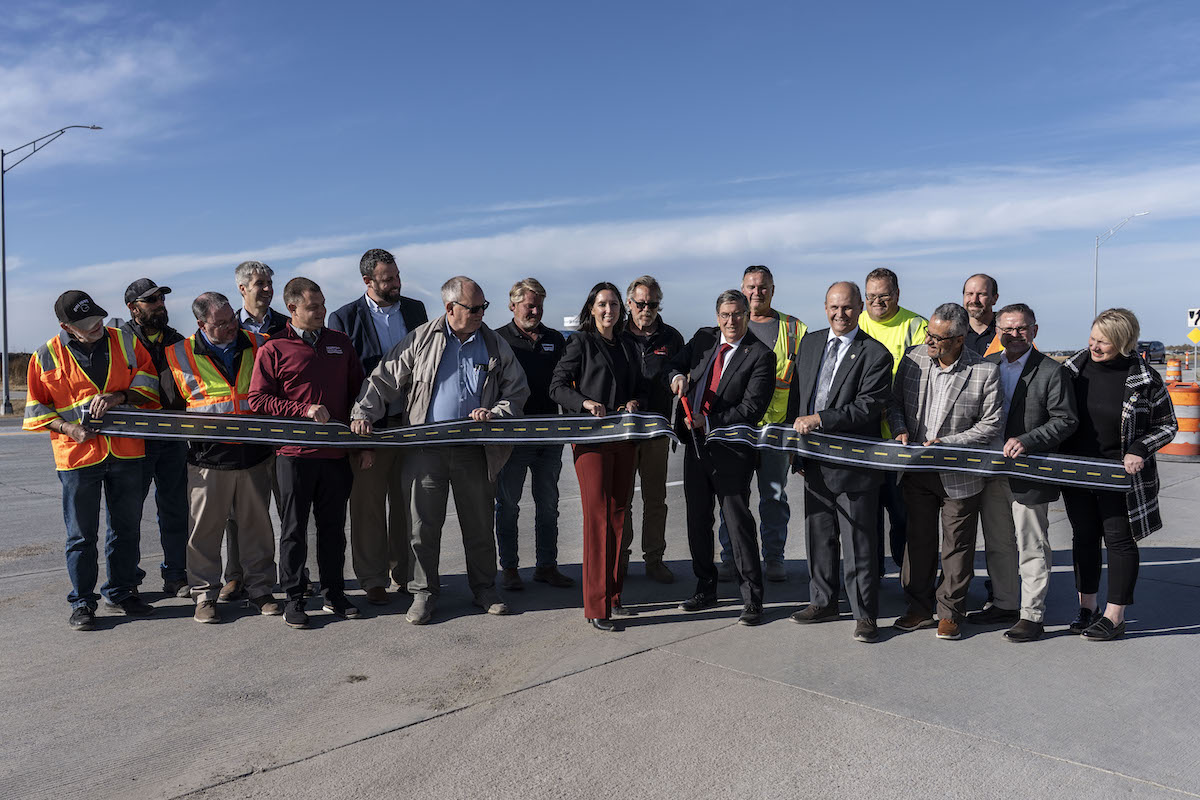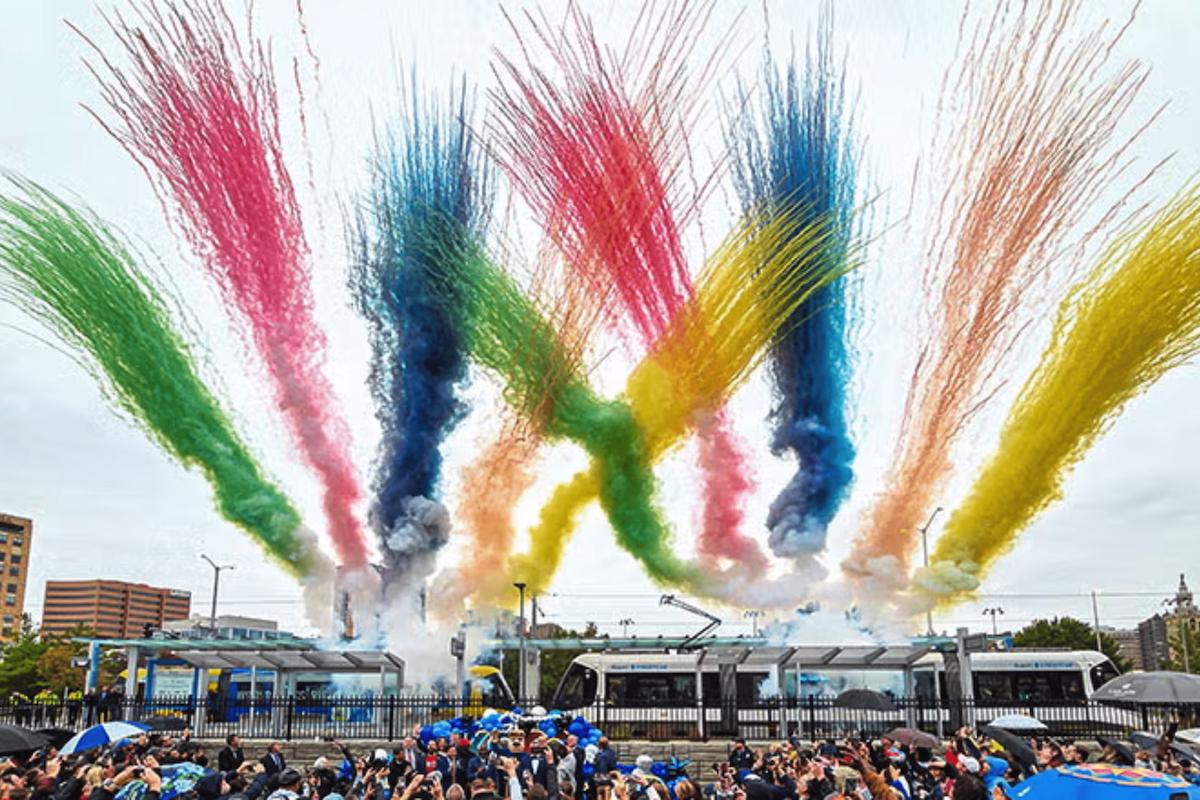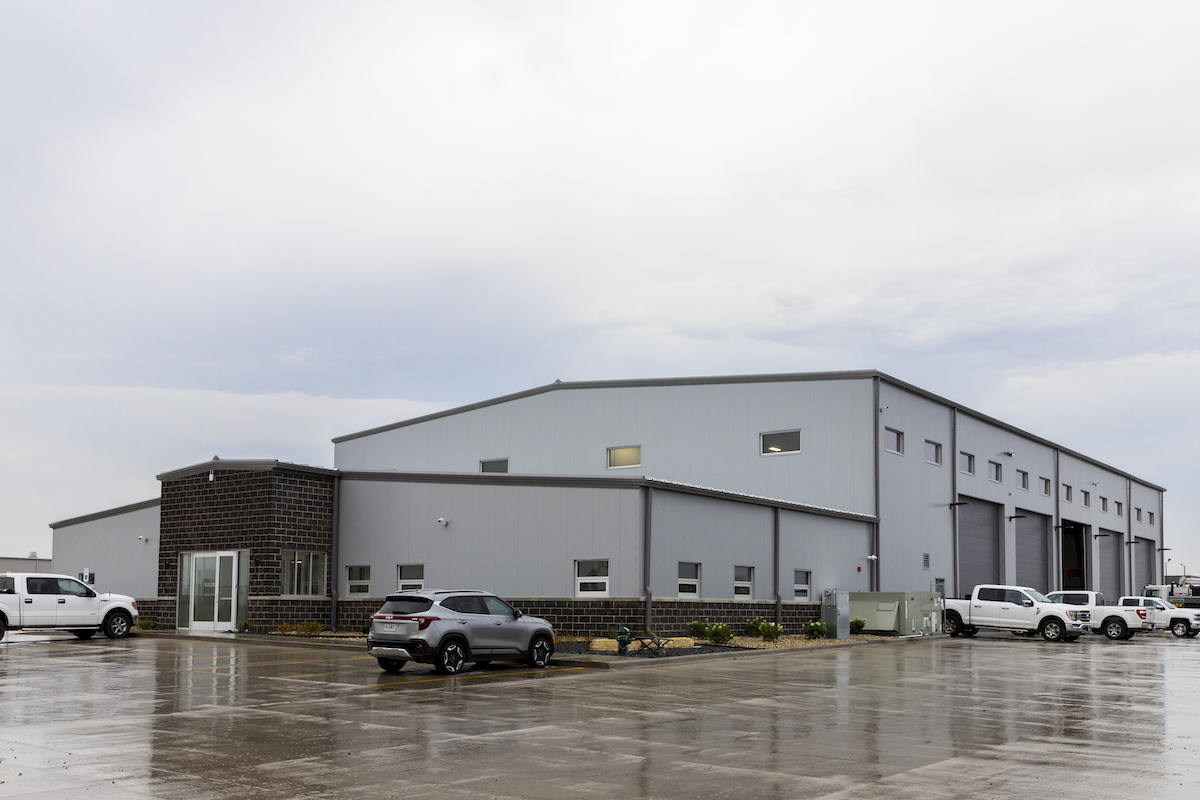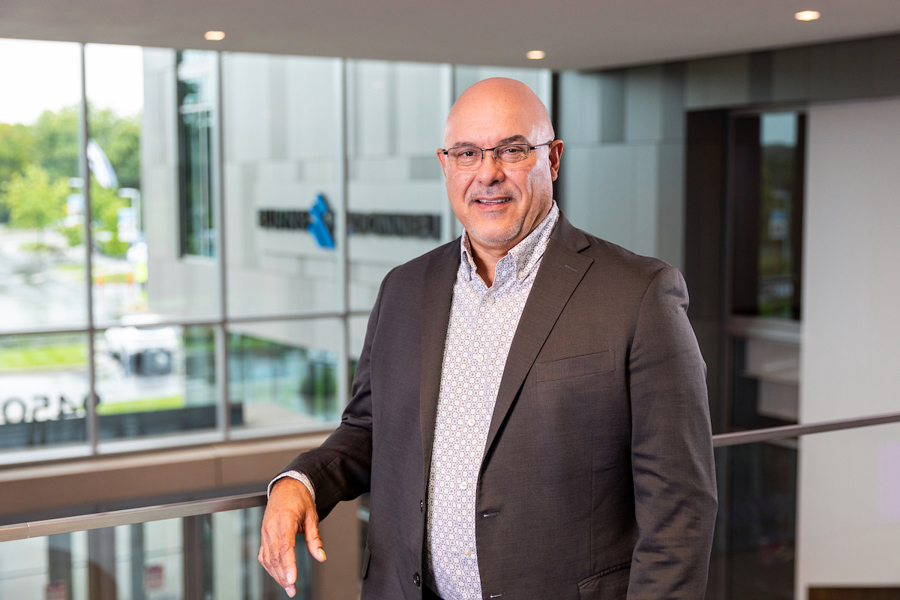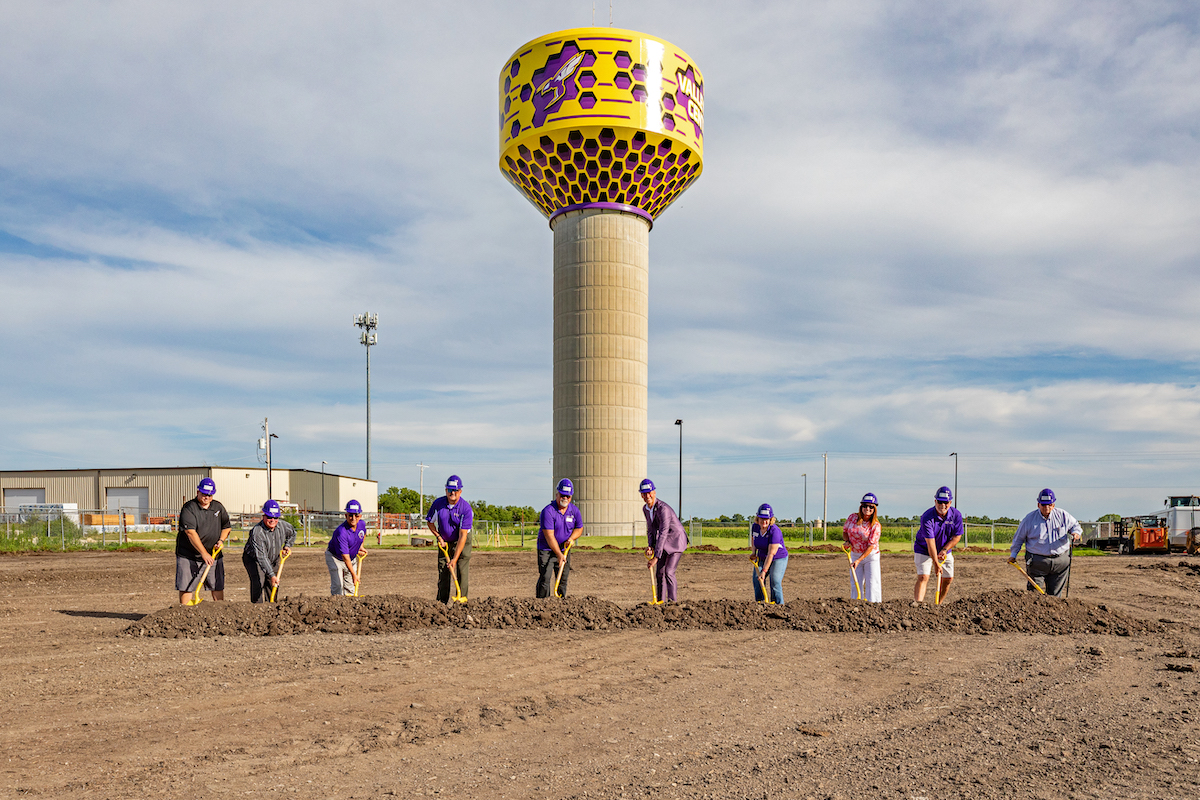When the pandemic struck, it forced both people and organizations into a new way of operating. With physical interactions no longer available, the virtual meetings brought into stark detail the differences between relational and transactional interactions and their impact on creativity and production. The steep learning curve meant people adapted, but what began as something temporary turned into something more revolutionary, changing the physical nature of work, not just the operational.
More than three years on, companies are still adapting. Yet, in a debate that earlier focused on either-or, the discussion now is on both-and. More than policy discussions about mandating where employees work, today companies wonder how to operate in a world where employees work in more than one environment.
The pandemic changed what people expect from work. Reflecting that change means shaping an office that addresses those needs on a human level.
The long-term implication of the pandemic on the built environment is reimagining interactions within physical spaces to both facilitate activities supporting the organization and help build a brand and culture essential to who an organization is. Understanding that experiences and resources matter, designers are rethinking traditional office layouts and reimagining them as multifunctional spaces catering to various activities.

| Your local Link Belt dealer |
|---|
| Kirby-Smith Machinery |
While remote work and virtual meetings have become the norm, identifying the types of interactions that benefit the most from face-to-face connections is essential. These interactions, such as brainstorming sessions, collaborative problem-solving, and team building, require personal connection and engagement that is difficult to replicate in a virtual setting.
Post pandemic spaces need to accommodate collaboration, focus work, relaxation, and socialization by incorporating flexible furniture and adaptable layouts. These multipurpose spaces, accompanied by clear instructions and guidelines, ensure that employees can engage in different activities while responding to diverse needs and preferences.
Choice matters when creating the environment for these interactions. Actual or perceived control is essential for an individual’s well-being. Providing staff with choices about where and how to engage can make adopting policies for in-office interactions more palatable. The policies themselves become a choice for staff. Establishing policies based on science is necessary, but implementing policies should be based on people’s need for choice and control. Spaces for interaction as well as focus speak to that human need.
The question becomes: How can companies create spaces that support these vital interactions while accommodating their workforce’s diverse needs and preferences?
One approach is the creation of hybrid spaces to provide designated areas for in-person interactions while integrating technology that allows for seamless virtual participation. These spaces can be equipped with high-quality audiovisual equipment, interactive whiteboards, and video conferencing capabilities, enabling remote team members to participate and contribute to the discussion actively. By blending physical and virtual elements, organizations foster collaboration and connection while accommodating their workforce’s diverse needs and preferences.
To manage flow in a building that will serve science majors as well as students taking basic science courses, the design provides learning spaces for the broader population on lower floors and those for science majors on upper floors.
Spatial design plays a significant role in supporting these vital interactions. Design teams and decision makers are exploring flexible layouts that can be easily adapted to different interaction types and group sizes. Modular furniture, movable partitions, and flexible meeting spaces allow for dynamic configurations tailored to specific activities, providing optimal space utilization while maintaining safe distances.
Creating designated collaboration zones with comfortable seating, writable surfaces, and integrated technology encourages spontaneous interactions and fosters creativity and innovation. A visual connection to nature can improve engagement and attentiveness while circadian rhythm lighting can increase productivity in low sun times of the year.
Biophilic design principles, such as incorporating natural light, foliage, and organic materials like natural wood and stone, can create a calming and inspiring environment that supports face-to-face interactions. These elements reduce stress, boost productivity, and enhance overall employee satisfaction as well as improve the aesthetic appeal of the space. Clear sightlines to visual objectives, destinations, and pockets of refuge point to space for time away from the group.
Optimizing outdoor work environments has also emerged as an effective strategy to support mental well-being. Employees benefit from natural elements that promote a sense of calm, rejuvenation, and connection with the outside world by maximizing access to daylight and views. Designing outdoor workstations, gardens, or green spaces allow employees to work in the fresh air, enhancing overall well-being and productivity.
Implementing WELL Building principles integrates features that promote physical, mental, and emotional well-being. Considerations such as indoor air quality, acoustics, thermal comfort, access to healthy food options, and spaces for relaxation and meditation contribute to a supportive and nurturing environment. By designing spaces to prioritize wellness, organizations send a clear message that employee health and well-being are a top priority. In addition, creating a forum for collaboration and inclusivity is crucial to developing work-from-home and workplace behavior and safety policies.
By involving employees in the decision-making process, organizations foster a sense of ownership and empowerment, leading to increased adherence and understanding of these policies. This collaborative approach enhances safety and strengthens workplace culture and employee satisfaction.
In addition, addressing fears and anxieties related to safety is paramount. While incorporating transparent communication about health and safety protocols, providing visible sanitization stations, and implementing clear wayfinding can help alleviate concerns. Innovative solutions like touchless technology and antimicrobial surfaces enhance safety measures further and instill confidence in employees. Designers are also reimagining office spaces to create an environment that fosters concentration and a sense of calm.
Organizations can create a serene and productive atmosphere by minimizing distractions such as noise pollution, visual clutter, and excessive stimulation. Thoughtful space planning, acoustic treatments, and strategic use of color and lighting are all elements that contribute to reducing distractions and creating an environment conducive to mental focus.
Emotional safety is pivotal in opening employees to collaboration, relationships, trust, and innovative leaps. Elements which foster a sense of psychological safety, where individuals feel comfortable expressing their ideas, taking risks, and contributing to the collective effort, are infused into the design. This can be achieved through thoughtful space planning, creating areas promoting spontaneous interactions and informal conversations, and incorporating shared amenities to unite people.
Strategies to help organizations create this safe environment include:
- Fostering a sense of belonging by creating inclusive and welcoming spaces for gathering, celebrating achievements, and promoting open communication among team members.
- Recognizing which aspects of work can be effectively conducted virtually and which benefit from in-person interaction, optimizing productivity and job satisfaction.
- Encouraging in-person interactions, as people tend to ideate more readily when physically present, nurturing organizational creativity and innovation.
- Respecting the variety of work preferences is vital in creating engaging spaces. By acknowledging and accommodating the diverse ways individuals prefer to work, organizations foster a culture of inclusivity and respect, where employees feel valued for their unique contributions.
Building awareness is critical. Incorporating information from health experts when communicating the reasons behind these changes provides logical, third-party affirmation for the new policies.
However, the message should also feel personal, resonating with the specific cultural context of the organization. By emphasizing the relevance and importance of the changes, employees can better understand the need for their commitment and participation.
Creating desire goes beyond awareness. Messages from organizational leaders should highlight the direct connection between these changes and personal safety. Leaders can ignite a sense of motivation and commitment by emphasizing the positive impact on individual well-being and the ability to make choices. This helps create an emotional connection to the changes, making them more likely to be embraced. To ensure successful implementation, a comprehensive plan to educate internally and externally should be developed, clearly communicating the vision of what will be different and what will remain the same. The goal is to develop a shared understanding of the objectives and expectations associated with the changes and alignment across the organization.
Resources, training, and support are vital to removing any mental or physical obstacles hindering employees from adopting new behaviors. Successful change management programs empower individuals and enable them to implement and sustain the desired changes.
Finally, reinforcing the correct behavior is critical to maintaining momentum and continuous improvement. Celebrating successes and highlighting positive outcomes support the value and impact of the changes. Regular feedback loops and adjustments ensure any challenges or areas for improvement are addressed promptly, allowing for a culture of continuous learning and growth.
















